How to Use Docklands Light Railway (DLR), Getting around London Guide

The Docklands Light Railway (DLR) is a fully automated, driverless rail network, spanning 24 miles and covering 45 stations, mainly across East and Southeast London. Initially launched in 1987 to support the regeneration of London’s Docklands, the DLR now extends its service to various residential and commercial areas, including Canary Wharf and London City Airport. Its integration into the broader TfL system allows for seamless travel, while its elevated tracks and frequent services provide a distinct, fast, and scenic way to commute. The Docklands Light Railway (DLR) is a fully automated, driverless rail network, spanning 24 miles and covering 45 stations, mainly across East and Southeast London. Initially launched in 1987 to support the regeneration of London’s Docklands, the DLR now extends its service to various residential and commercial areas, including Canary Wharf and London City Airport. Its integration into the broader TfL system allows for seamless travel, while its elevated tracks and frequent services provide a distinct, fast, and scenic way to commute. For more details on getting around the city, including tram services, check out our guide on How to Use London Trams, Getting around London Guide.
History and Role of the DLR in London’s Transport System
The DLR was conceived in response to the Docklands redevelopment, as the area’s economic boom required a rapid, reliable transport solution. Since its inception, the DLR has expanded from a modest network into a comprehensive transit system, catering to residents, tourists, and professionals alike. Over the years, extensions to Bank, Lewisham, Woolwich Arsenal, and Stratford have turned the DLR into a crucial part of London’s transportation fabric. Today, it connects with multiple lines, including the London Underground, providing more extensive travel options for East London and beyond.
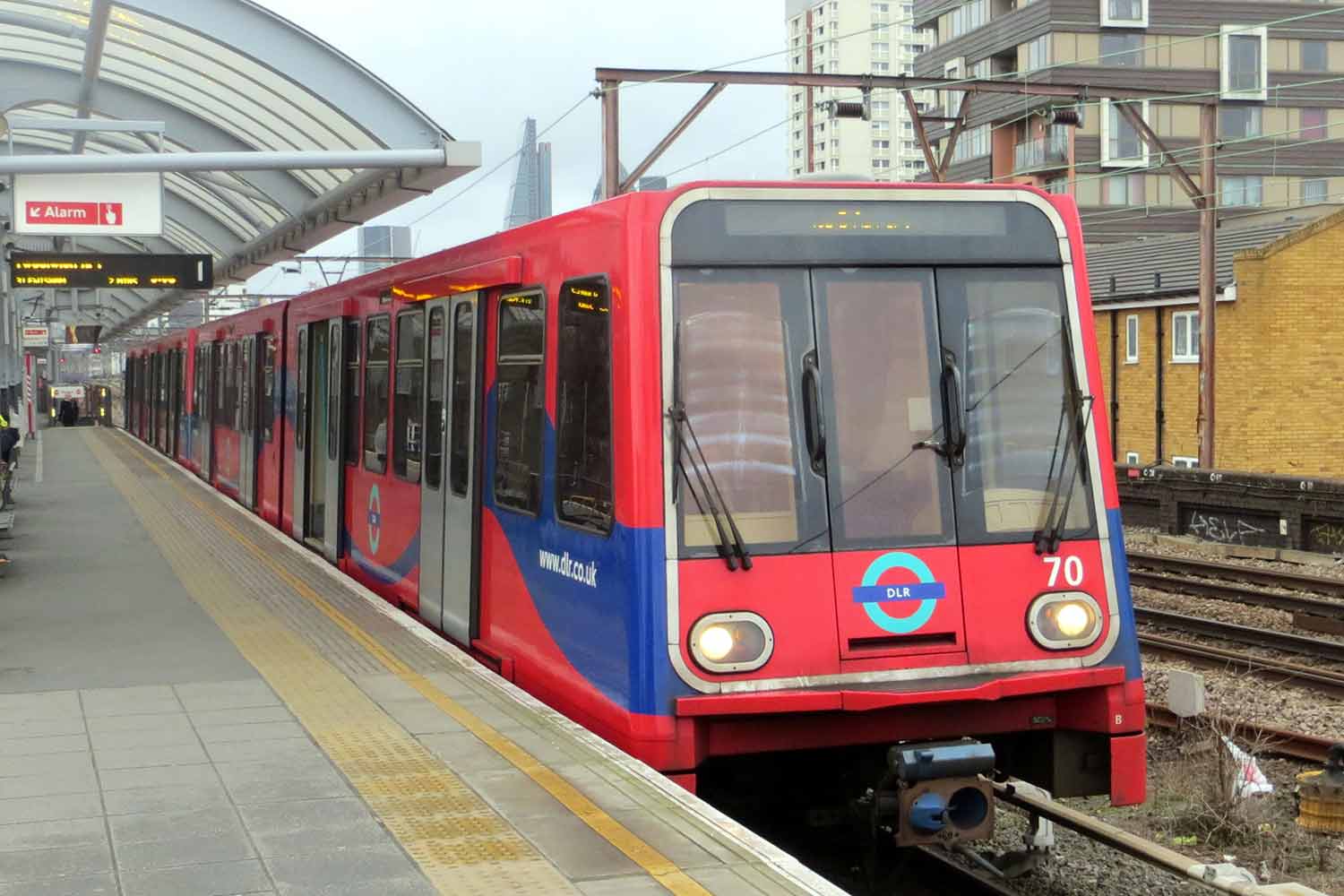
Overview of DLR’s Driverless System and Coverage
As one of the world’s first fully automated train systems, the DLR operates with no drivers on board, instead employing onboard attendants who oversee train operations and assist passengers. The technology enables the DLR to run at frequent intervals, with minimal human intervention, reducing the chances of delays caused by human error. Coverage extends through key areas like Bank, Stratford, Woolwich, and Greenwich, where the DLR serves as a primary link to other TfL services, supporting diverse commuter needs and promoting environmental sustainability with its electric-powered trains.
Main Routes and Popular Destinations on the DLR
The DLR network consists of several core routes, each linking important districts across East and Southeast London. These routes not only serve residential neighborhoods but also connect vital commercial areas, business hubs, and tourist attractions.
Core Routes on the DLR Network
The DLR comprises various routes designed to accommodate daily commuting and occasional travel. Key routes include:
- Bank to Lewisham Line: This route covers financial districts, starting from Bank and passing through Canary Wharf, one of London’s primary business centers. It ends in Lewisham, a residential area known for its markets and parks, making it popular among commuters and weekend travelers alike.
- Stratford to Canary Wharf and Woolwich Arsenal: This route begins in Stratford, a major transport hub and home to the Queen Elizabeth Olympic Park, and extends to Canary Wharf, with branches reaching Woolwich Arsenal. This line is ideal for those commuting between the financial and business districts of Canary Wharf and the cultural sites of Woolwich.
- Beckton, Tower Gateway, and London City Airport Connections: These branches offer direct links to London City Airport from Woolwich Arsenal, facilitating convenient airport access for business travelers and vacationers. Tower Gateway provides a direct connection to Central London, while Beckton serves as a terminus for areas with less direct transit connections.
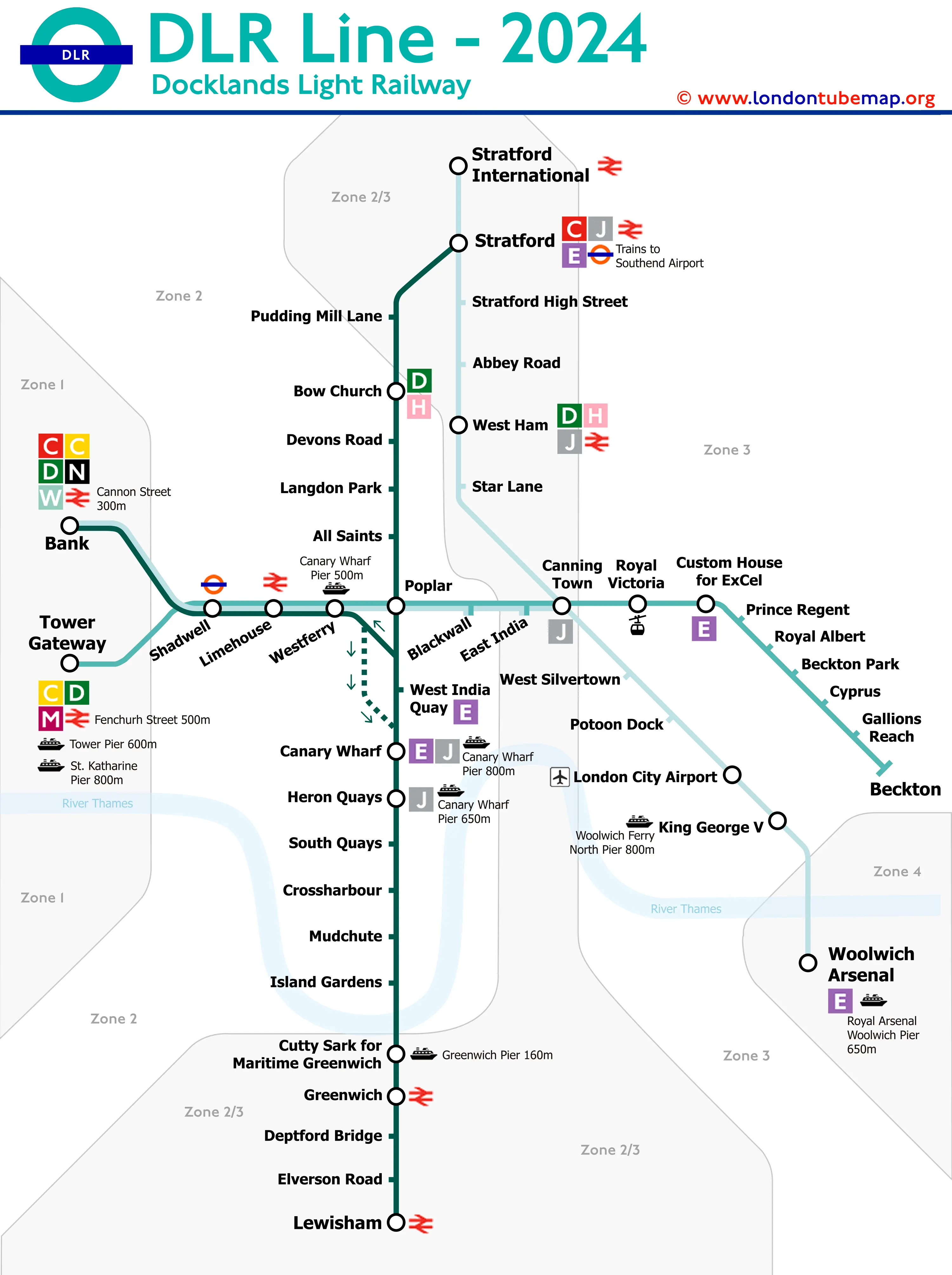
Notable Stations and Points of Interest
The DLR is known for its direct access to several of London’s most notable destinations. Key stations include:
- Canary Wharf: Known as London’s financial heart, Canary Wharf houses numerous global financial institutions, upscale dining, shopping centers, and cultural venues, making it an attractive destination for both work and leisure.
- Greenwich: Rich in history, Greenwich boasts attractions like the Cutty Sark, Greenwich Park, and the Royal Observatory. It is a UNESCO World Heritage Site, and with direct DLR access, it draws tourists and locals interested in London’s maritime heritage.
- London City Airport: The DLR’s quick access to London City Airport makes it a popular choice for business travelers and tourists alike, offering an easy, direct route to domestic and European destinations.

If you’re planning to explore these DLR-connected areas, consider using off-peak travel times to avoid the rush hour crowds, particularly around Canary Wharf and London City Airport. Off-peak hours offer a more relaxed experience and could give you better access to the unique amenities in these locations. For tourists, purchasing a Travelcard or using an Oyster card can save money on fares, especially if you plan to make multiple trips in one day. Additionally, many stations along the DLR route offer step-free access, making it a convenient option for travelers with mobility challenges.
DLR Fares, Zones, and Ticketing Options
The DLR utilizes the standard TfL fare structure, meaning passengers can conveniently switch between the DLR and other TfL services without needing separate tickets.
Payment Methods: Oyster, Contactless, and Travelcards
The DLR accepts multiple forms of payment, including Oyster cards, which can be loaded with pre-paid credit for regular travel, and contactless bank cards, which offer the added benefit of daily fare capping. Mobile payments such as Apple Pay and Google Pay are also widely accepted, providing flexibility and ease of use for commuters.
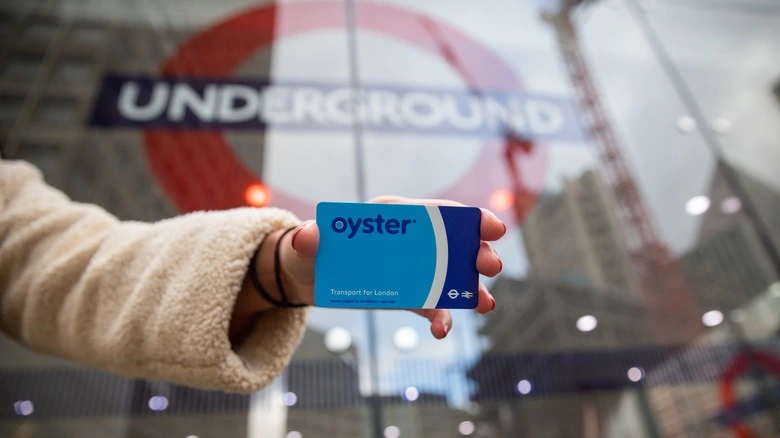
Fare Zones, Pricing, and Capping
The DLR operates across fare zones 1-4, with fares increasing depending on how many zones are crossed during travel. The daily and weekly fare caps help regular travelers save money, as they are guaranteed not to exceed the equivalent cost of a day or week-long travel card. Additionally, the fare capping system applies to all TfL services, making it easy to manage expenses across multiple forms of public transport.
Peak vs. Off-Peak Fares
Like other TfL services, the DLR offers different pricing for peak and off-peak hours. Peak fares are applicable during the morning and evening rush hours on weekdays, while off-peak fares are available at all other times. Passengers can benefit from off-peak pricing by traveling during quieter times, such as mid-morning, evenings, or weekends, allowing for a more cost-effective journey.
Accessibility Features on the DLR
The DLR is designed to be fully accessible, ensuring a smooth experience for all travelers, including those with mobility challenges.
Step-Free Access and Platform Design
All DLR stations have step-free access, with platforms level with the train carriages to allow for easy boarding without the need for ramps. This feature is beneficial for wheelchair users, parents with strollers, and anyone with limited mobility, offering convenient access from the street to the train without any barriers.
Accessibility Tools for Passengers with Disabilities
The DLR also includes tactile paving, audio announcements, and visual displays to assist visually and hearing-impaired passengers. Onboard attendants are available to help, providing an extra layer of support for anyone who may need assistance. Priority seating is reserved for those who require it, ensuring a comfortable journey for all.
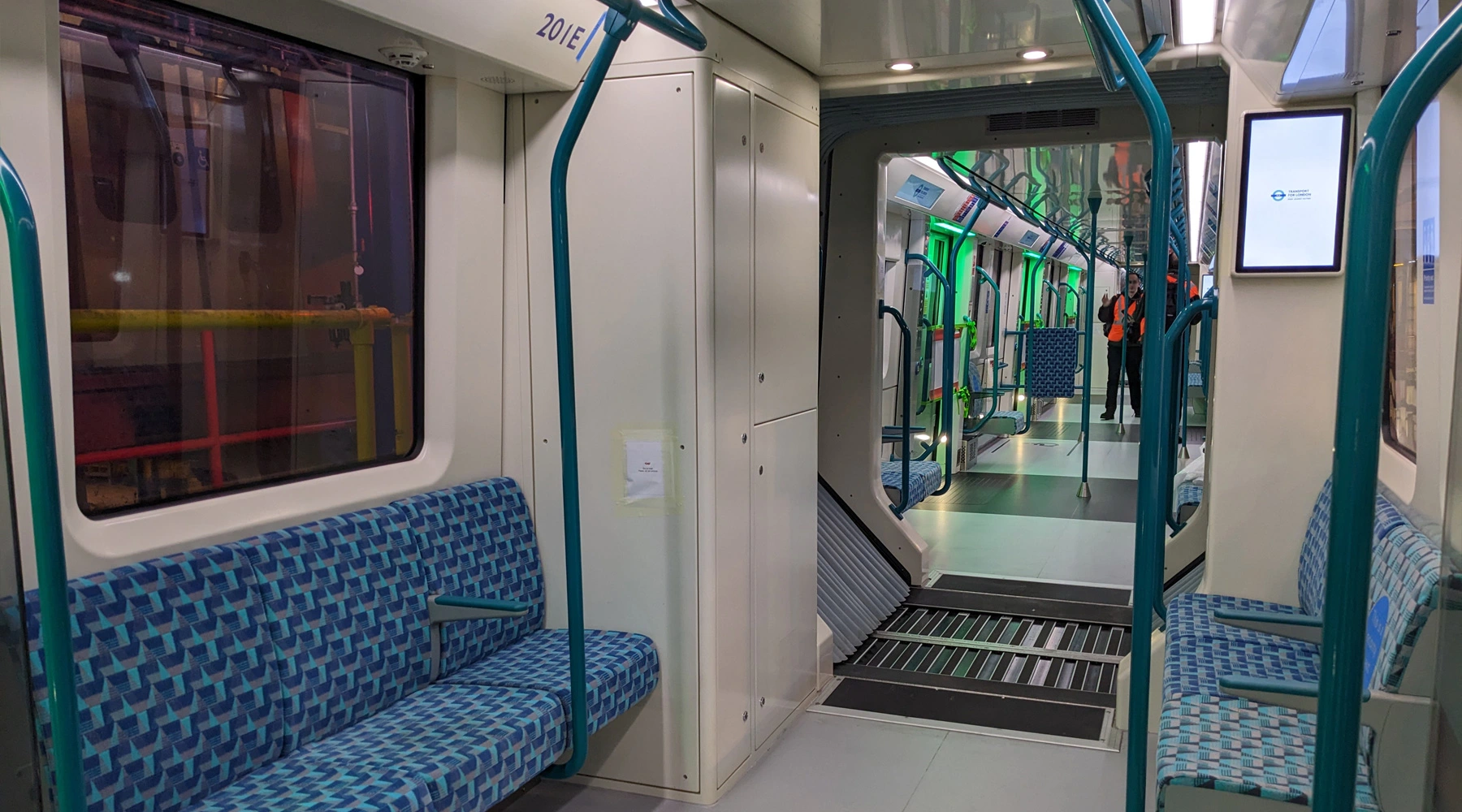
DLR Timetables and Frequency of Services
The DLR offers frequent and reliable service, making it ideal for commuters and travelers alike. Here’s what to expect from the timetable:
Regular Operating Hours
DLR services typically start around 5:30 a.m. and run until midnight, providing extensive coverage for early-morning travelers and those out late in the evening. These hours vary slightly on weekends and public holidays, but generally offer consistent access throughout the week.
Frequency of Trains During Peak and Off-Peak Hours
During peak times, trains run approximately every 2-5 minutes, offering minimal wait times for commuters. Off-peak intervals extend slightly to every 7-10 minutes, though service remains frequent enough to accommodate a high volume of passengers. This ensures that, regardless of the time of day, travelers can rely on the DLR for timely and efficient service.
Weekend and Holiday Service Variations
On weekends, the DLR often runs increased services to cater to the higher demand for leisure travel, especially around popular destinations such as Greenwich and Canary Wharf. During public holidays, schedules may adjust to accommodate special events or maintenance work, so it’s best to check ahead for any potential disruptions.
Digital Tools and Apps for Navigating the DLR
Leveraging digital tools can enhance the experience of using the DLR, providing real-time information and efficient journey planning options.
TfL Go App for Real-Time Updates and Route Planning
The TfL Go app is TfL’s official app and provides comprehensive information on the DLR, including live departure boards, route planning tools, and service alerts. The app also offers step-free access information and provides updates on any disruptions, making it an invaluable resource for daily commuters and visitors.
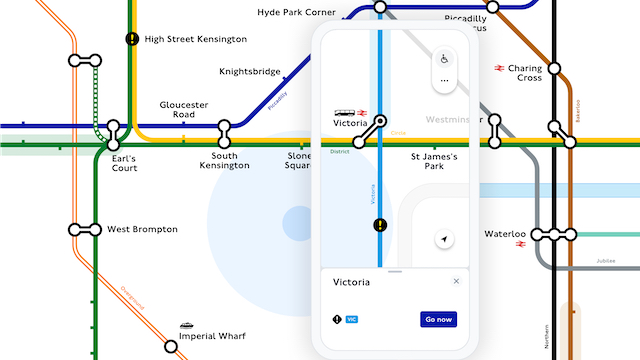
Citymapper for Multi-Modal Journey Planning
Citymapper is a widely-used app in London, known for its user-friendly interface and detailed journey planning options. It provides real-time updates for the DLR and other TfL services, offering step-by-step navigation and alternate route suggestions, making it ideal for travelers seeking to integrate multiple modes of transportation into their journeys.
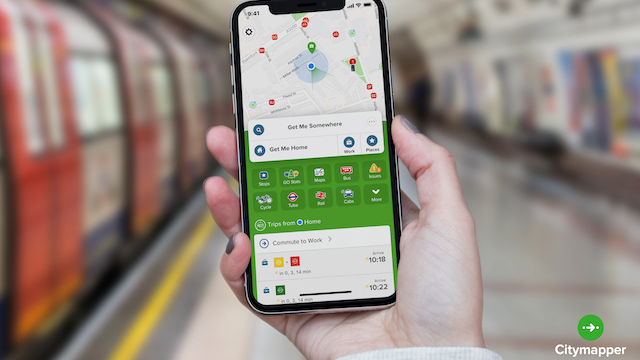
Other Useful Apps and Resources
Google Maps offers robust support for DLR users, including live updates and accurate directions, making it easy to plan trips across London. Trainline is another useful app, particularly for those who may need to purchase tickets for mainline train services, as it combines real-time DLR updates with national rail schedules for a seamless travel experience.
Practical Tips for Using the DLR
To make the most of your DLR journey, consider the following tips for a smooth and efficient experience:
How to Navigate Between DLR and Other Transport Modes
The DLR links with several other transport services, including the Jubilee Line, London Overground, and TfL Rail at stations like Stratford, Canary Wharf, and Woolwich Arsenal. Familiarizing yourself with these connections can streamline your journey, particularly during peak hours, when quick transfers can save valuable time.
Tips for Time Management and Efficient Travel
Using apps like TfL Go and Citymapper can help you stay informed of train frequencies and avoid delays by checking real-time service updates.
Etiquette and Best Practices for DLR Commuters
Observing proper etiquette helps ensure a smooth experience for everyone. When boarding, allow passengers to exit first, and keep doorways and aisles clear for easy access. If you’re carrying luggage, keep it secure and out of the way to prevent obstruction. Always be courteous by giving up priority seats for those who need them, and remember to keep noise levels down, especially on early morning or late-night rides.
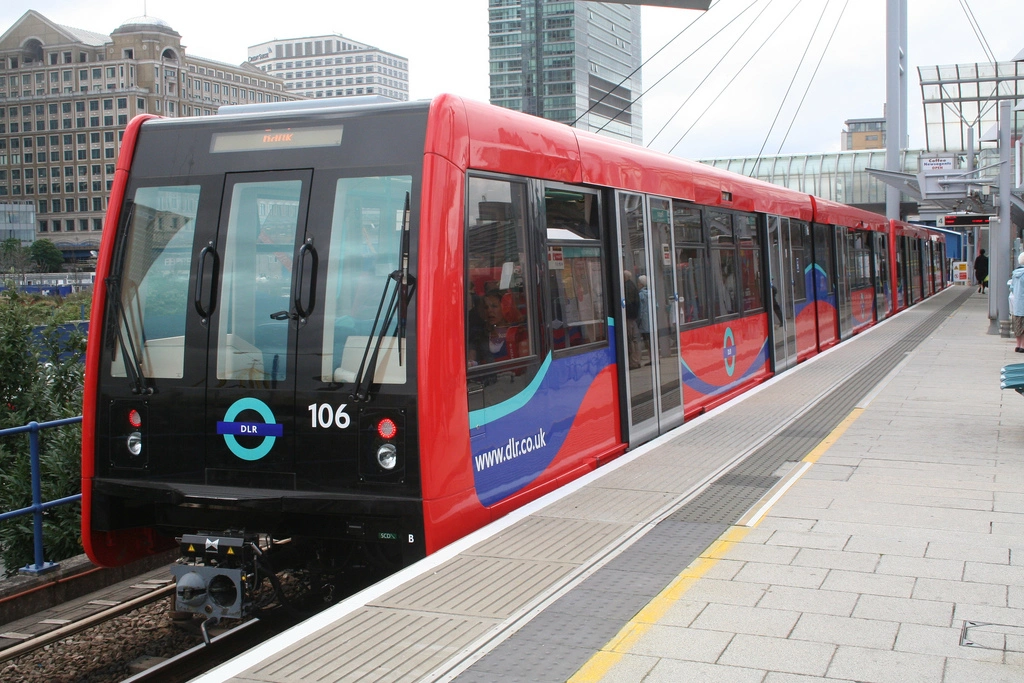
Conclusion
The Docklands Light Railway is an integral part of London’s transport network, delivering reliable, cost-effective, and accessible travel options to East and Southeast London. By understanding the routes, fare options, and digital tools available, commuters can make the most of the DLR for daily travel or weekend outings. Embracing the DLR can enhance your London transport experience, ensuring fast and efficient connections to some of the city’s most dynamic neighbourhoods.


